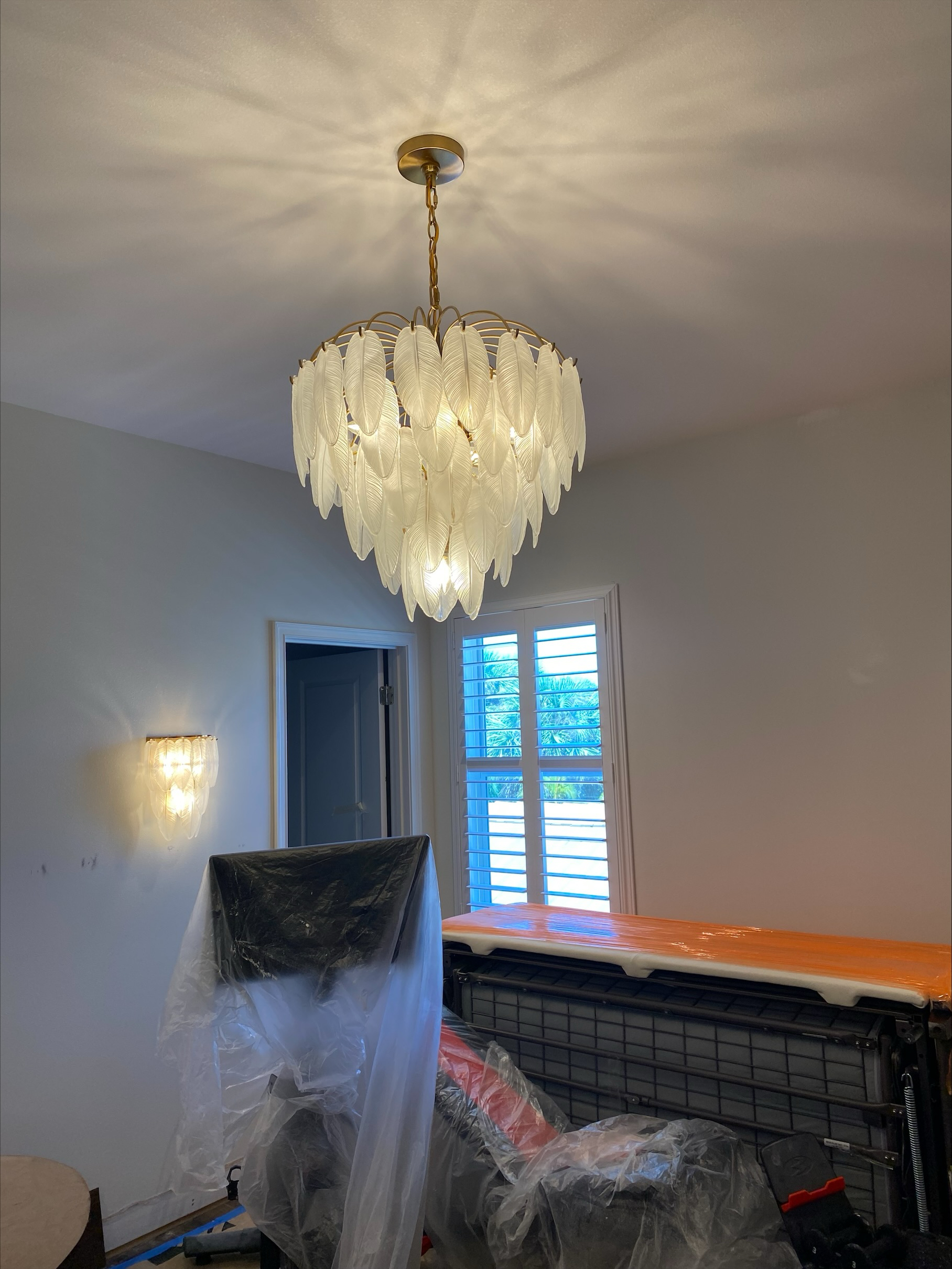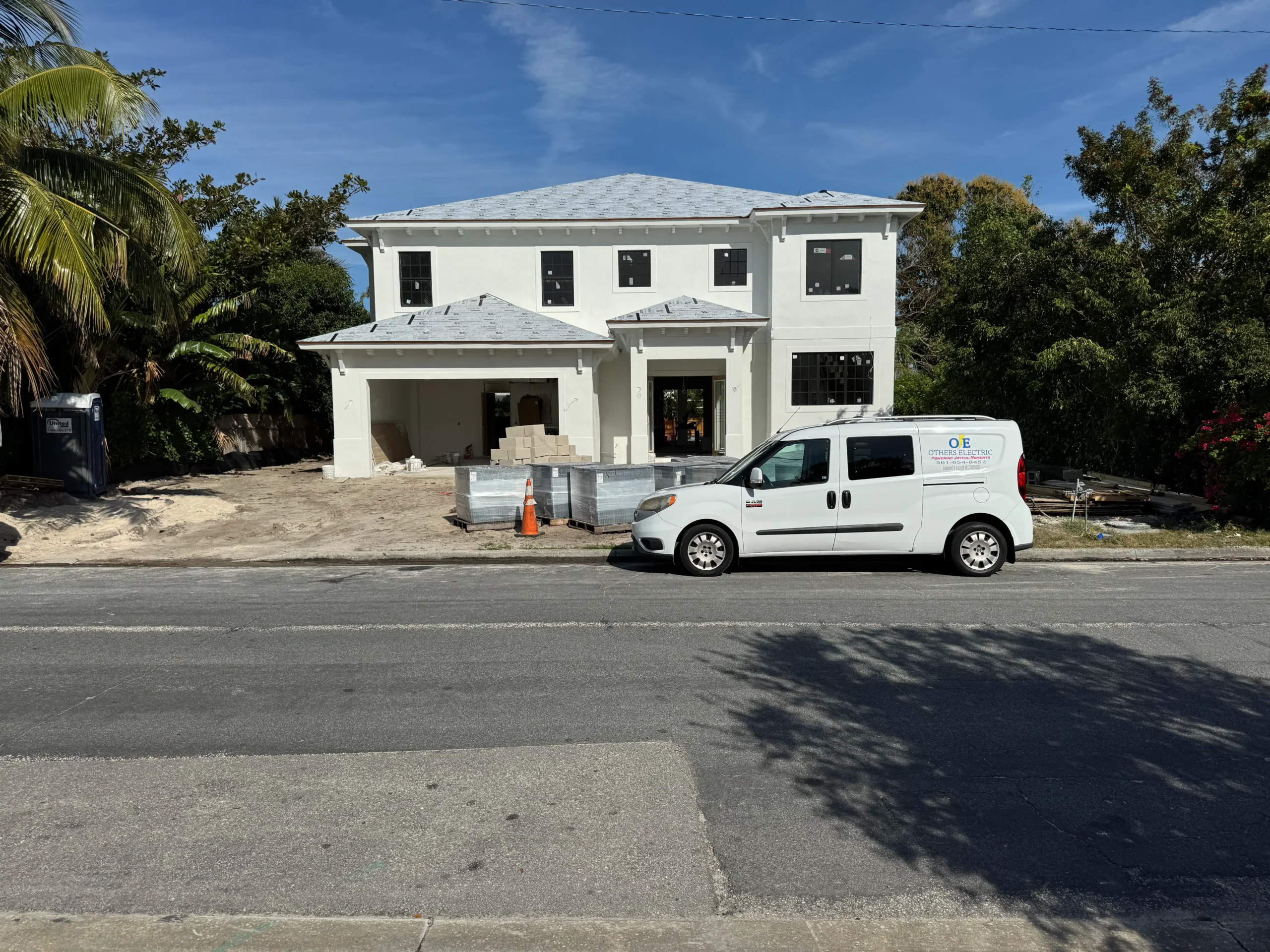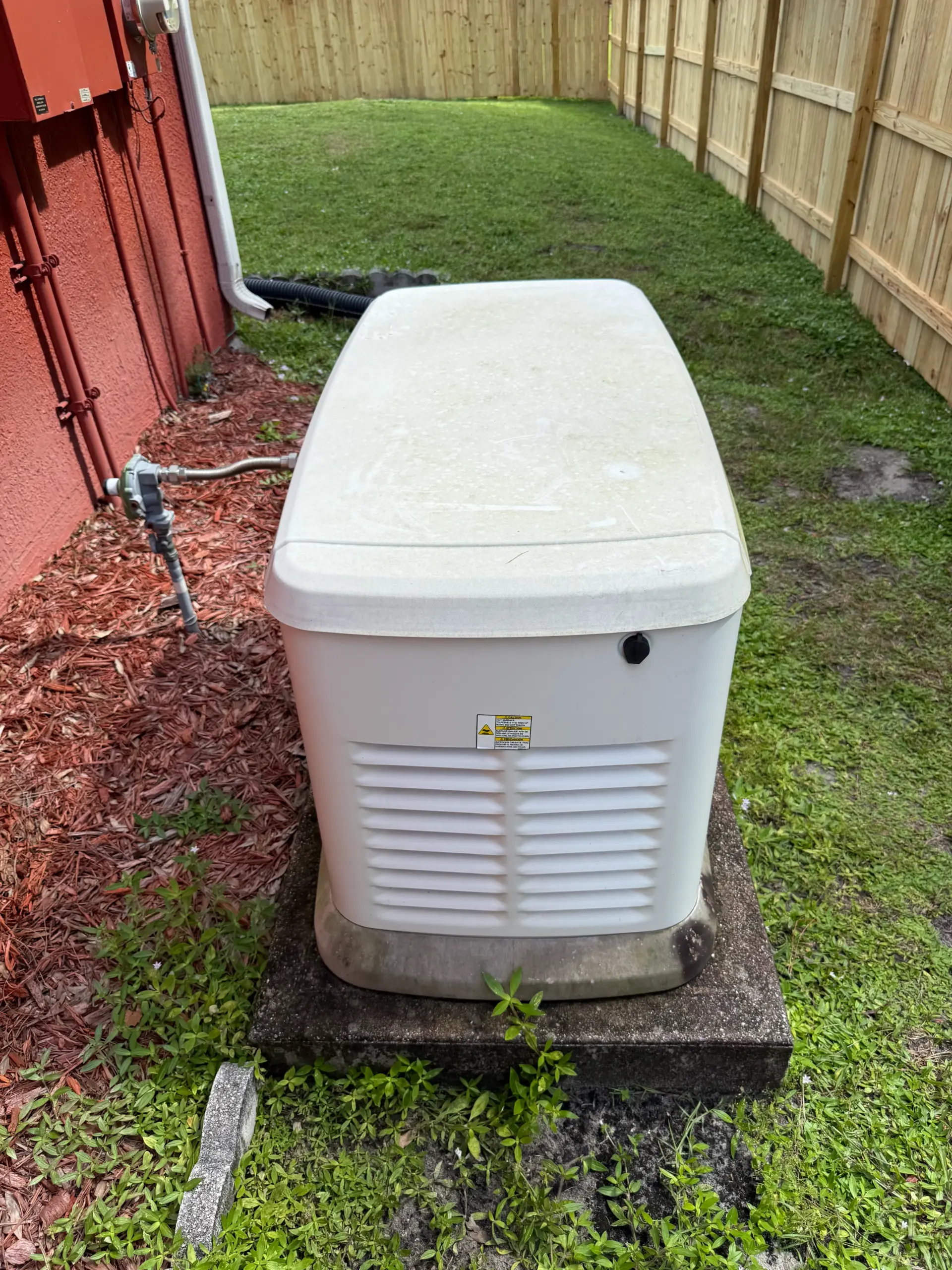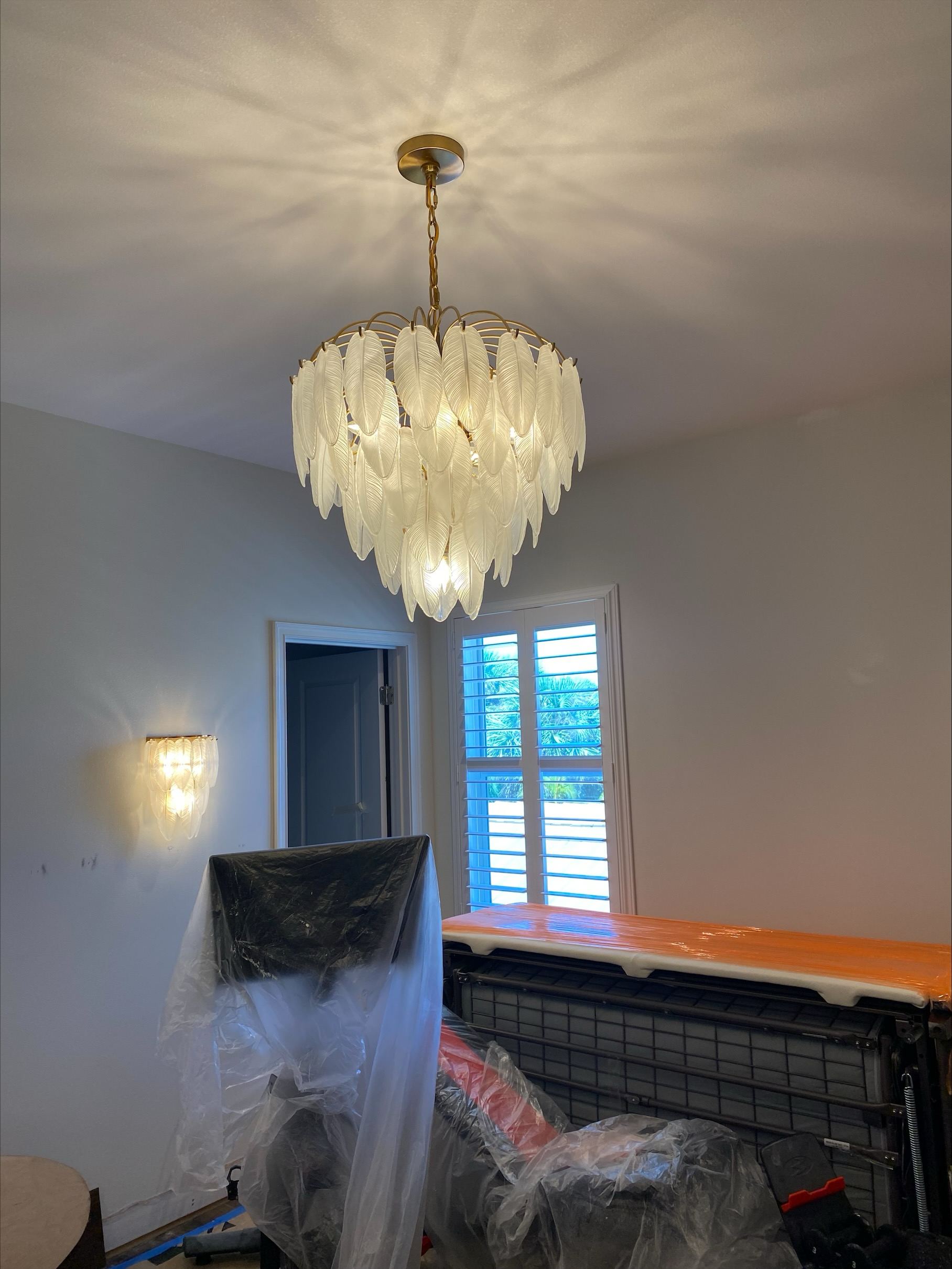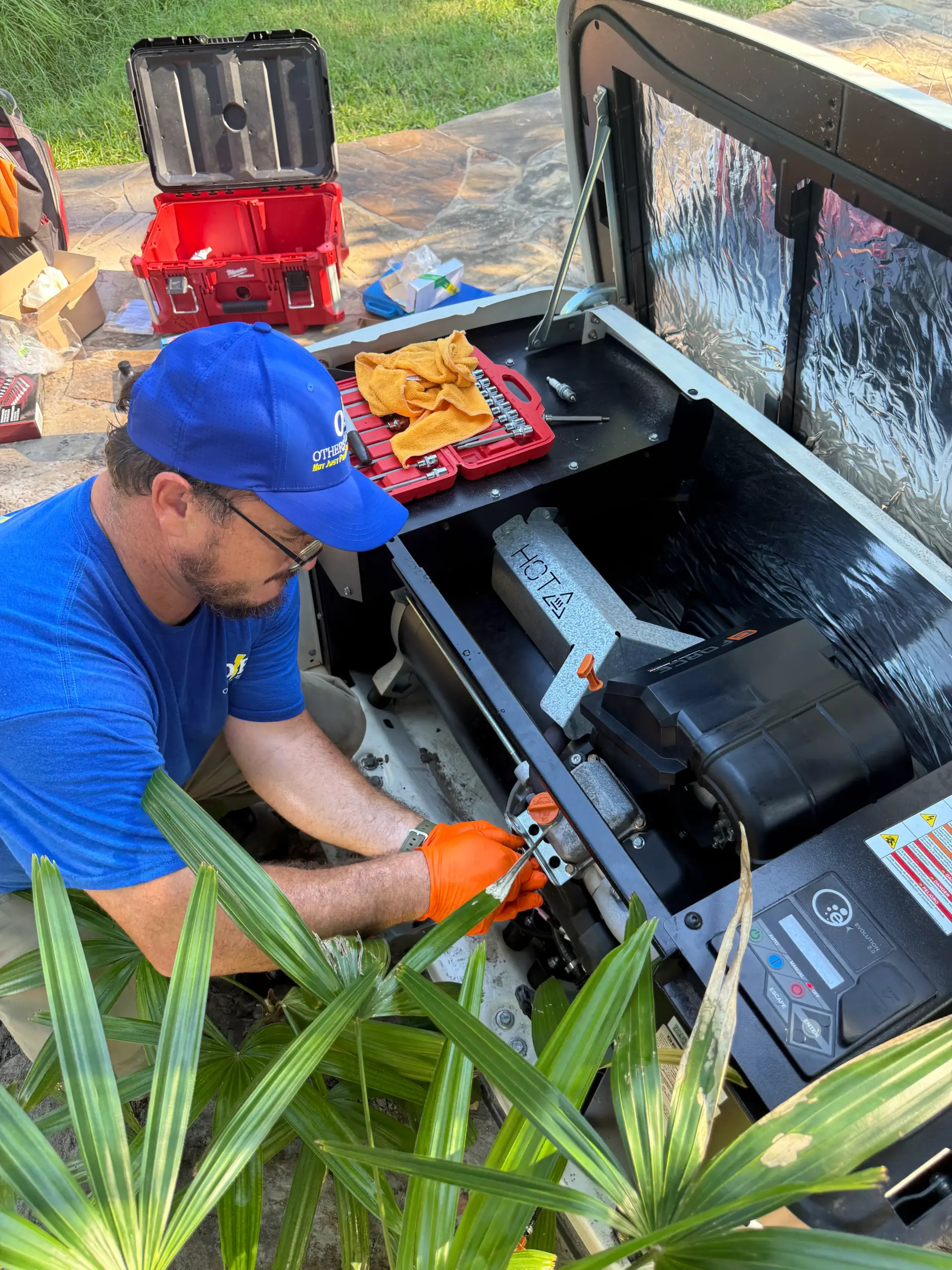Knowing the amperage of your electrical panel is critical for evaluating your home’s electrical capacity and planning upgrades or new installations. In Florida—where hurricanes, EV chargers, central air systems, and solar setups are increasingly common—understanding your panel’s limits can help prevent overloads and ensure code compliance. So, how to tell if it’s a 200 amp panel? This guide will walk you through the visual cues, technical indicators, and professional verification steps needed to determine your panel’s amperage safely and accurately.
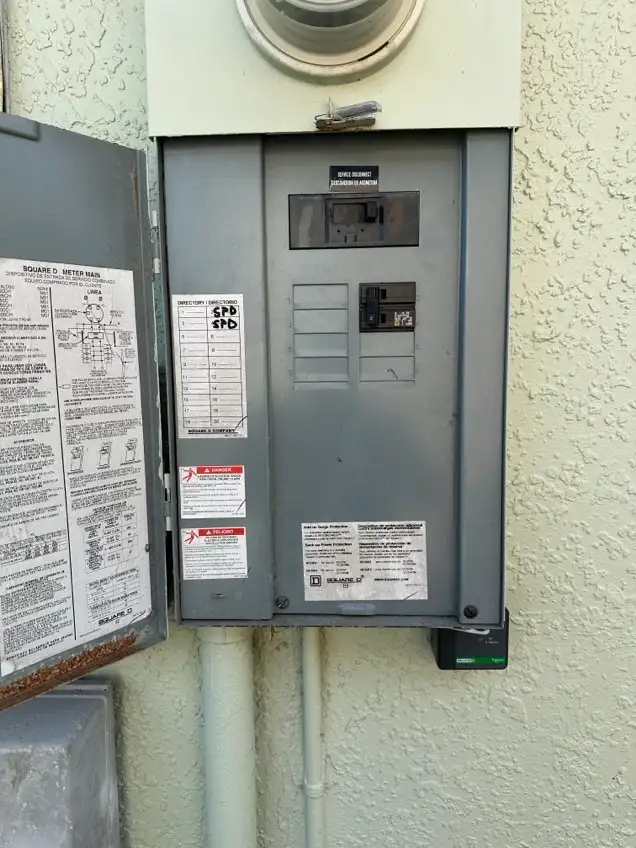
Why Knowing Your Panel’s Amperage Matters
Electrical panels are rated by the maximum amount of electricity they can safely handle, measured in amps. Older homes may have 100-amp panels, while newer or upgraded homes often feature 150-amp or 200-amp service. A 200-amp panel provides significantly more capacity to handle multiple high-draw appliances and energy systems like electric vehicle chargers, whole-home generators, and modern HVAC units.
If your home is underpowered for its usage, it could lead to tripped breakers, voltage drops, or even electrical fires. Understanding how to tell if it’s a 200 amp panel helps you know whether your system is ready for expansion—or in need of an upgrade.
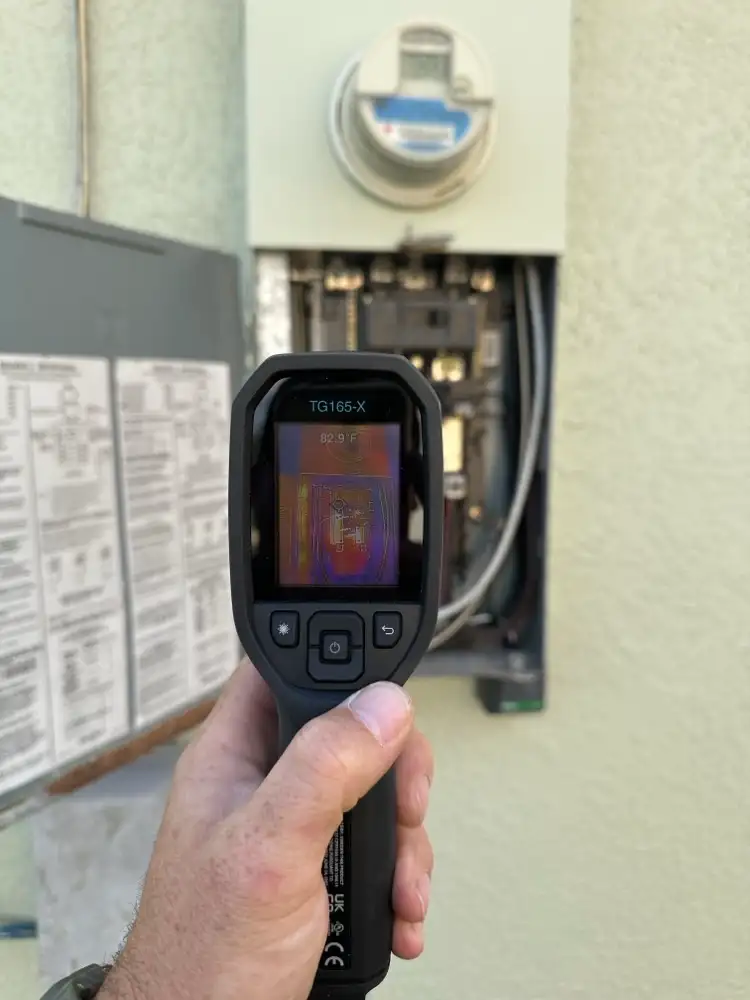
Step 1: Check the Main Breaker Label
The simplest way to tell if it’s a 200 amp panel is by inspecting the main breaker. Open the front door of your panel and look at the topmost breaker, typically labeled “Main.” This will often show a number such as 100, 150, or 200, followed by the letter “A” for amps.
If the number reads “200 A,” then your main service panel is rated for 200 amps. Be sure to read carefully—some panels may house a 200-amp breaker but only be wired for 150-amp service, depending on how the system was installed.
Step 2: Examine the Panel Label Inside the Door
Manufacturers typically place an information label inside the panel door, which outlines the maximum amperage rating. This label may also include the model number, wiring diagram, and maximum allowable voltage.
The key specification to look for is the “Maximum Amperage Rating” or similar language. This gives you the panel’s design rating, which may differ from what’s currently installed or wired.
Step 3: Review Utility Meter and Service Cables
Another helpful clue in how to tell if it’s a 200 amp panel comes from the service entrance. Look at the size of the service entry cables (the wires coming from the utility meter to your panel). Thicker wires generally support higher amperage.
A 200-amp service typically uses #2/0 AWG copper or #4/0 AWG aluminum conductors. If you’re not comfortable identifying cable sizes, this is a good time to involve a licensed electrician.
Your utility meter enclosure may also have a label indicating the service rating. While this doesn’t confirm the panel’s rating on its own, it can provide supporting evidence.
Step 4: Get a Professional Electrical Evaluation
If you want to be absolutely certain—and you should when planning major upgrades—it’s best to schedule a service evaluation with a licensed electrician. Professionals use calibrated equipment and load calculators to verify panel capacity, safe load margins, and code compliance.
At Others Electric, we perform residential and commercial electrical inspections across Florida, helping homeowners verify amperage ratings, identify future needs, and safely plan improvements.
The National Electrical Code (NEC) also outlines guidelines on service entrance conductors and breaker ratings, which electricians use to ensure proper installations.
Why 200 Amps is Becoming the Standard
So why is 200 amps the benchmark for modern homes? Simply put, today’s homes consume more power than ever before. Between smart appliances, electric vehicles, home offices, and renewable energy systems, the demands on electrical infrastructure are at an all-time high.
A 200-amp panel provides the breathing room you need to expand safely and future-proof your property. If you’re considering upgrades like solar installation, a new HVAC system, or backup generators, having adequate panel capacity is essential.
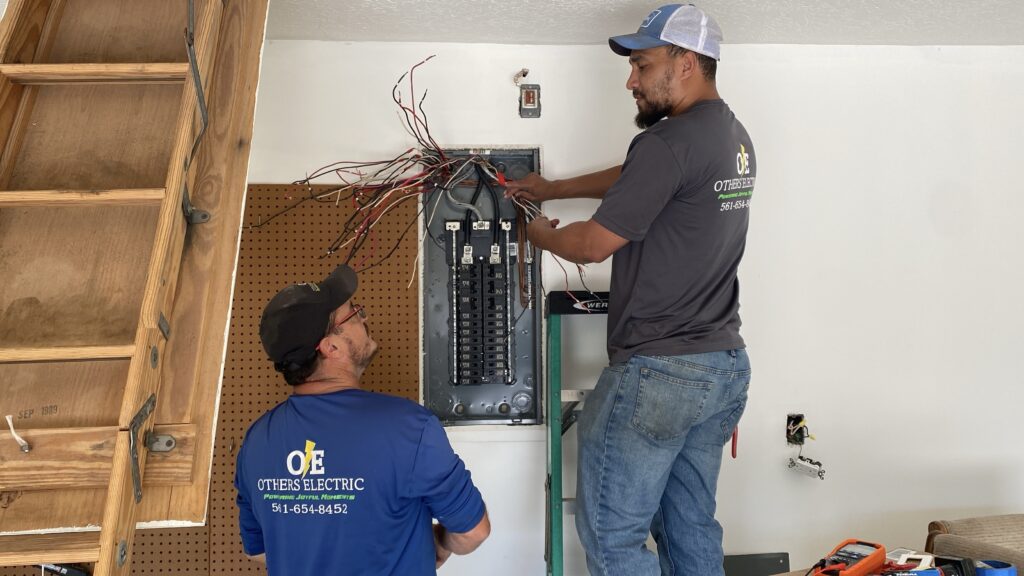
Conclusion
Knowing how to tell if it’s a 200 amp panel starts with a visual inspection but ends with professional confirmation. Check the main breaker, review internal labels, and examine service wires, but when in doubt—call an expert.
A properly sized electrical panel ensures your home is safe, code-compliant, and ready for whatever energy upgrades lie ahead. To schedule a professional panel evaluation in Florida, visit our electrical services page. For additional reference, explore national standards from the NEC and local permitting guidelines in your area.


